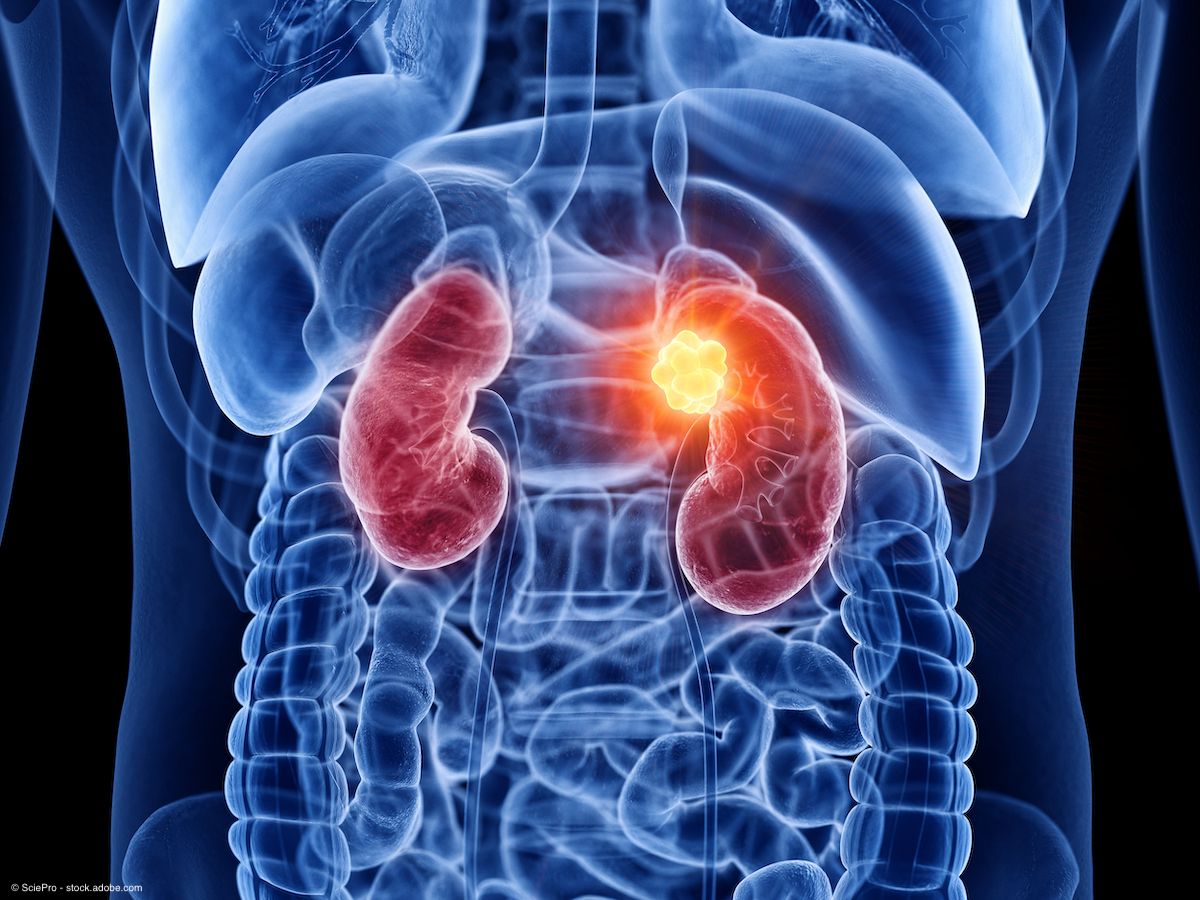Opinion
Article
Urology Times Journal
Billing for nephroscopy with ureteroscopy and laser lithotripsy
Author(s):
"CPT codes 50080 and 50081 describe the antegrade approach to stone removal requiring lithotripsy through a nephrostomy tract, with 50080 being reported for stones less than 2 cm in size in a single location, whereas 50081 would be reported for large or complex stones, stones in multiple locations, or stones in the ureter (such as in the example provided)," write Jonathan Rubenstein, MD, and Mark Painter.
How would one report the following procedure? A patient undergoes a left nephroscopy with antegrade ureteroscopy and laser lithotripsy of ureteral stone through an established nephrostomy tract. Would this be reported with Current Procedural Terminology (CPT) code 50561 or 50961?
Jonathan Rubenstein, MD

For the purposes of this question, we will assume that this procedure is being performed percutaneously into the kidney, because the question states that the ureteroscopy is being performed antegrade (the same direction as the urine flow from the kidney down to the bladder). In this case, neither CPT code 50561 (Renal endoscopy through established nephrostomy or pyelostomy, with removal of foreign body or calculus) nor CPT code 50961 (Ureteral endoscopy through established ureterostomy with removal of foreign body or calculus) would be the correct code. CPT code 50561 would be used if a stone was removed but would not be used if lithotripsy was performed, and CPT code 50961 is a retrograde (against the flow of urine) procedure performed through a ureterostomy (ureter exiting the skin). The correct code to use would be CPT code 50081 (Percutaneous nephrolithotomy or pyelolithotomy, lithotripsy, stone extraction, antegrade ureteroscopy antegrade stent placement and nephrostomy tube placement, when performed, including imaging guidance; complex [eg, stone(s)>2 cm, branching stones, stones in multiple locations, ureter stones, complicated anatomy]). CPT codes 50080 and 50081 describe the antegrade approach
Mark Painter

to stone removal requiring lithotripsy through a nephrostomy tract, with 50080 being reported for stones less than 2 cm in size in a single location, whereas 50081 would be reported for large or complex stones, stones in multiple locations, or stones in the ureter (such as in the example provided). If you dilated the nephrostomy tract to perform the procedure, you could report CPT code 50436 (Dilation of existing tract, percutaneous, for an endourologic procedure including imaging guidance [eg, ultrasound and/or fluoroscopy] and all associated radiological supervision and interpretation, with postprocedure tube placement, when performed),according to a CPT parenthetical notation added in 2023.
When a urologist performs a laparoscopic simple prostatectomy for benign prostatic hyperplasia and performs a laparoscopic bladder diverticulectomy for a bladder diverticulum at the same time, can they report CPT code 51999 (benchmarked to CPT code 51525) in addition to CPT code 55867?
CPT code 55867 describes “Laparoscopy, surgical prostatectomy, simple subtotal, includes robotic assistance, when performed.” The code includes control of postoperative bleeding, vasectomy, meatotomy, urethral calibration and/or dilation, and internal urethrotomy if performed. It does not include bladder diverticulectomy. There is no CPTcode for laparoscopic bladder diverticulectomy; therefore, additionally reporting CPT code 51999 (Unlisted laparoscopy procedure, bladder) benchmarked to an open bladder diverticulectomy code, such as CPT 51525 (cystotomy for excision of bladder diverticulum, single or multiple [separate procedure]),is reasonable. Remember that unlisted codes have no associated relative value units and are priced by the carrier.
With the new code descriptions for percutaneous nephrolithotomy (CPT codes 50080 and 50081), how would one report additional codes if a urologist also performed an initial de novo access into the kidney? Can one report CPT code 50432-52 in addition to the nephrolithotomy codes when performing the initial access (knowing with the new code description that it already includes nephrostomy tube placement)?
CPT code 50432 describes “Placement of nephrostomy catheter, percutaneous” and is reported when a provider (such as an interventional radiologist) places a nephrostomy tube by a percutaneous approach into the kidney and leaves the tube to external drainage. Prior to January 1, 2023, CPT code 50432 (appended with modifier 52) could be reported when a nephrostomy tube was placed into the kidney by the same provider at the same operative session when performing a percutaneous nephrolithotomy (CPT codes 50080 and 50081). The reason is that there was no available CPT code to report the initial access into the kidney at the time of a percutaneous nephrolithotomy procedure; CPT code 50395 had been eliminated a few years prior. CPT code 50437 (Dilation of the percutaneous tract to a size large enough to accommodate endoscopic instrumentation) could not be used because the work of dilation of the tract was already part of CPT codes 50080 and 50081. Modifier 52 would be applied to CPT code 50432 because leaving a nephrostomy to drainage was also part of CPT codes 50080 and 50081.
However, that has changed because the code descriptors and work of CPT codes 50080 and 50081 were updated as of January 1, 2023. The updated descriptors are as follows:
- 50080: Percutaneous nephrolithotomy or pyelolithotomy, lithotripsy, stone extraction, antegrade ureteroscopy antegrade stent placement and nephrostomy tube placement, when performed, including imaging guidance; simple (eg, stone[s] up to 2 cm in single location of kidney or renal pelvis, nonbranching stones)
- 50081: …complex (eg, stone[s]>2 cm, branching stones, stones in multiple locations, ureter stones, complicated anatomy)
Why is this important? Because it helps more clearly delineate the work that is done and not done by the provider at the time of percutaneous nephrolithotomy. If a percutaneous access is already in place and dilated by the same provider, CPT code 50436 (Dilation of a previously established tract to accommodate an endoscope used in an endourologic procedure) could be reported in addition to the nephrolithotomy code, and if dilation with new access is performed, then the provider would report CPT code 50437. However, CPT code 50432 is included in the work of CPT codes 50080 and 50081 and would not be reported for the initial access into the kidney with the updated descriptors. CPT code 50432, however, could be reported for placement of a separate and identifiable access with nephrostomy tube (only) placement in the same or contralateral kidney if also performed.
Send coding and reimbursement questions to Jonathan Rubenstein, MD, and Mark Painter c/o Urology Times®, at UTeditors@mjhlifesciences.com.
Questions of general interest will be chosen for publication. The information in this column is designed to be authoritative, and every effort has been made to ensure its accuracy at the time it was written. However, readers are encouraged to check with their individual carrier or private payers for updates and to confirm that this information conforms to their specific rules.

Newsletter
Stay current with the latest urology news and practice-changing insights — sign up now for the essential updates every urologist needs.



























